The History Behind St. Patrick’s Day Spiritual Meaning
Americans often celebrate St. Patrick’s Day by wearing green, kissing the Irish, and drinking a tall glass of beer. It’s been a popular holiday celebrated in the U.S. since the Charitable Irish Society of Boston organized the first observance in the Thirteen Colonies in 1737. However, what is often lost is the St. Patrick’s Day spiritual meaning and significance.
Today, we are breaking down everything you need to know about St. Patrick’s Day before its celebration on March 17. Let’s get into it!
What Is the Meaning of St. Patrick's Day?
Every year, March 17 marks the death of the fifth-century patron saint, Saint Patrick. For over a thousand years, the day has celebrated the late saint with a religious feast. According to Irish Central, St. Patrick was a missionary who became an adored figure for Irish Catholics.
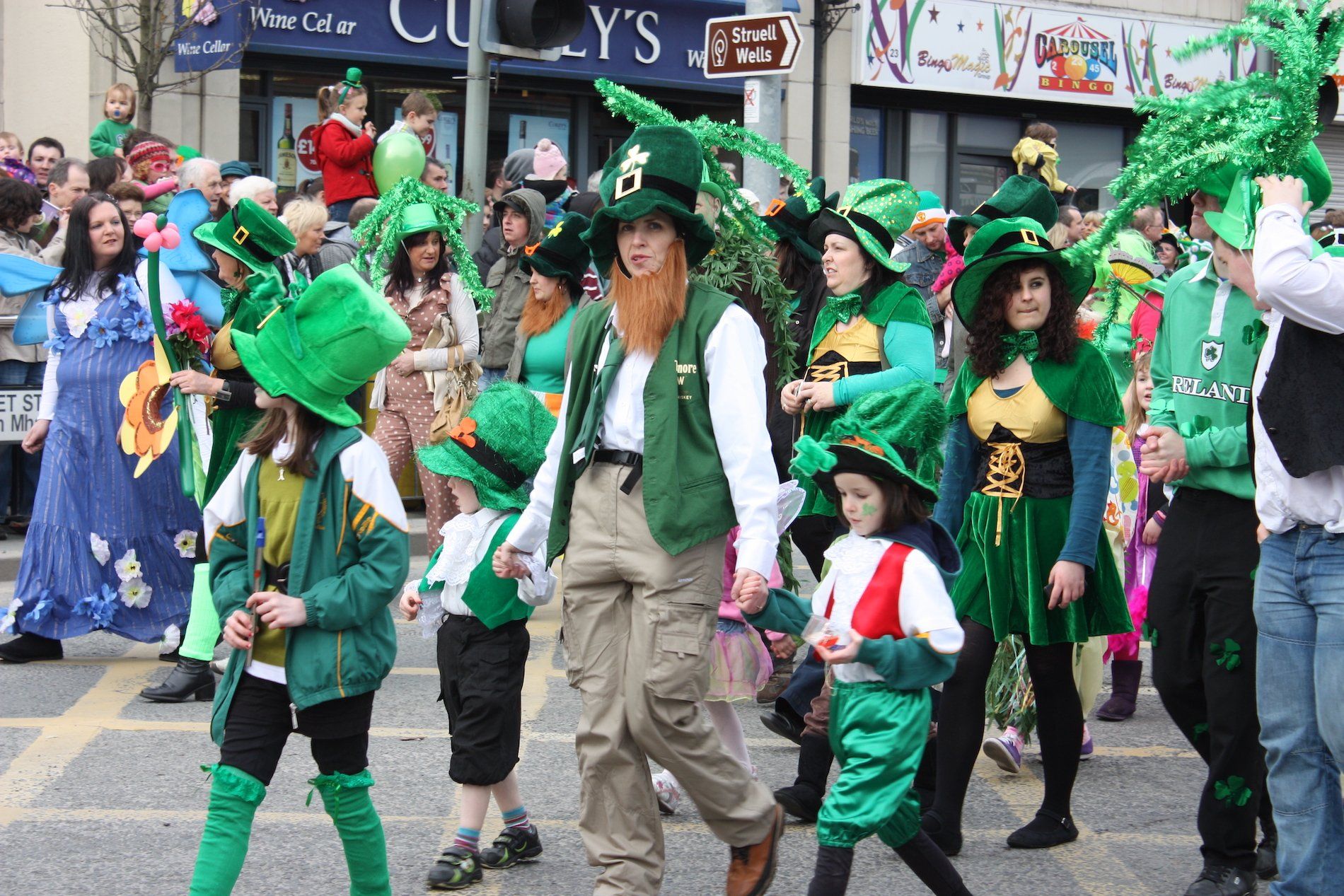
Source: Wikimedia Commons
Until the 1700s, St. Patrick’s Day was a holy day of obligation for Catholics and was celebrated predominantly as a somber occasion spent mainly in prayer.
What Is St. Patrick's Day About?
Have you ever wondered, “What is St. Patrick’s Day celebrating?” The holiday observes the death of St. Patrick, the patron saint of Ireland. The holiday has evolved greatly over the thousands of years that it has been celebrated.
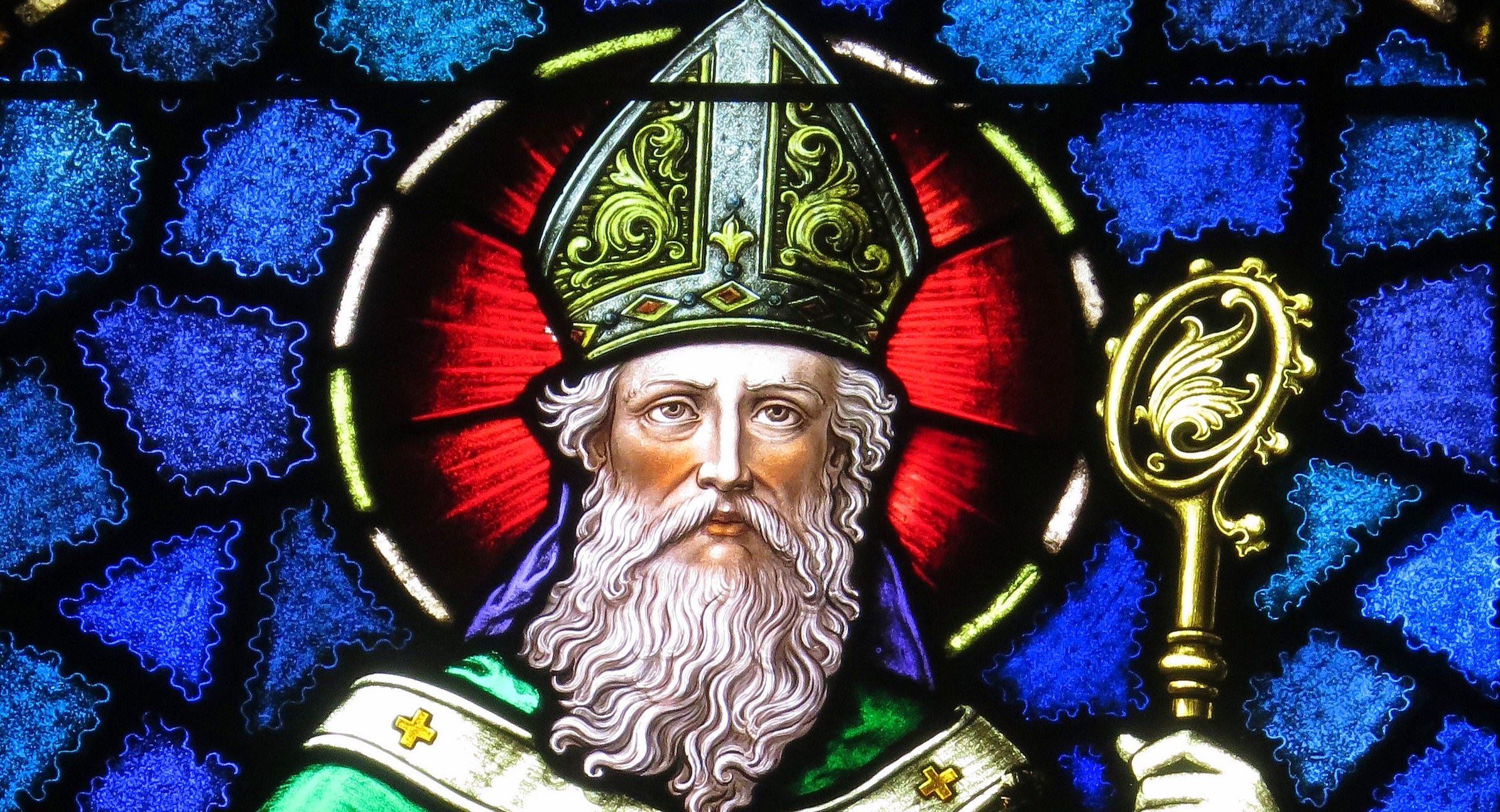
Source: Nheyob / Wikimedia Commons
While it originated as a religious holiday, St. Patrick’s Day has evolved into a much broader cultural celebration of Irish heritage, traditions, and folklore.
St Patrick's Day Background
St. Patrick’s Day origin came from the fifth century in Ireland. Saint Patrick, who is the patron saint of Ireland and its national apostle, was credited with bringing Christianity to Ireland. Brought first as a slave to the nation at 16 years old, then returning after his escape, Saint Patrick’s life became ingrained in Irish culture.

Source: Andreas F. Borchert/Wikimedia Commons
The legend of Saint Patrick is that he explained the Holy Trinity (the Father, Son, and the Holy Spirit) using the three leaves of a native Irish clover, the shamrock.
How Did St. Patrick's Day Start?
Since the ninth or 10th century, people in Ireland have been observing the Roman Catholic holiday. However, how we celebrate St. Patrick’s Day today, with parades and celebrations, originated in America.
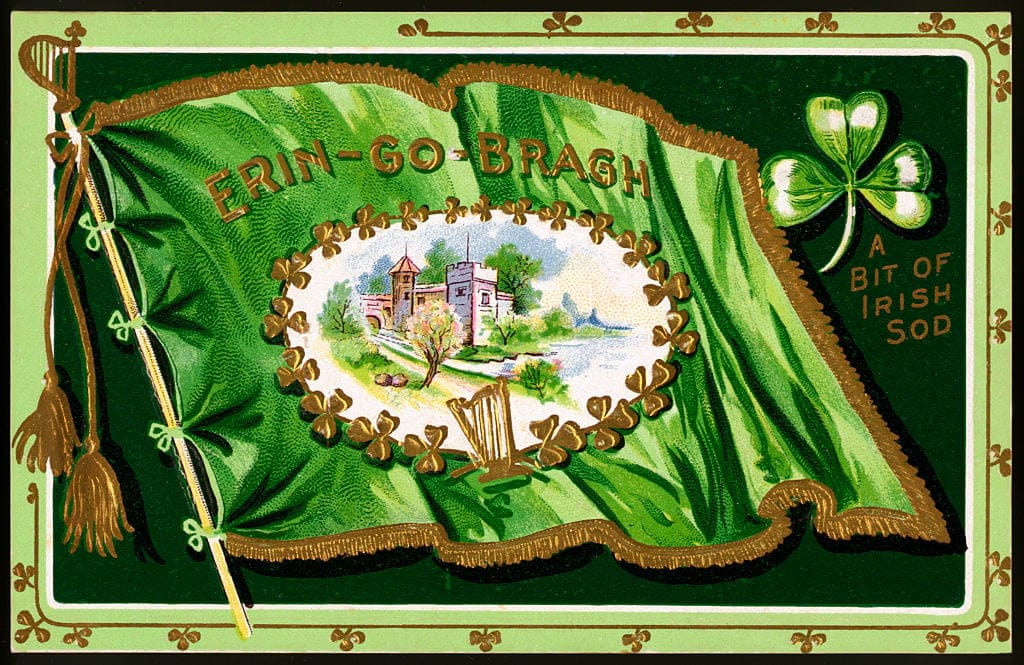
Source: Getty Images
Records show that the first St. Patrick’s Day parade was held on March 17, 1601, in a Spanish colony in what is now St. Augustine, Florida. However, this was not the parade that made the holiday one of the most popular celebrations in the U.S.
The Most Memorable Parades
According to the History Channel, Irish soldiers serving in the English military marched to honor the Irish patron saint in New York City on March 17, 1772. The popularity of the march grew among Irish settlers, and enthusiasm for the holiday grew in New York City, Boston, and other early American cities.
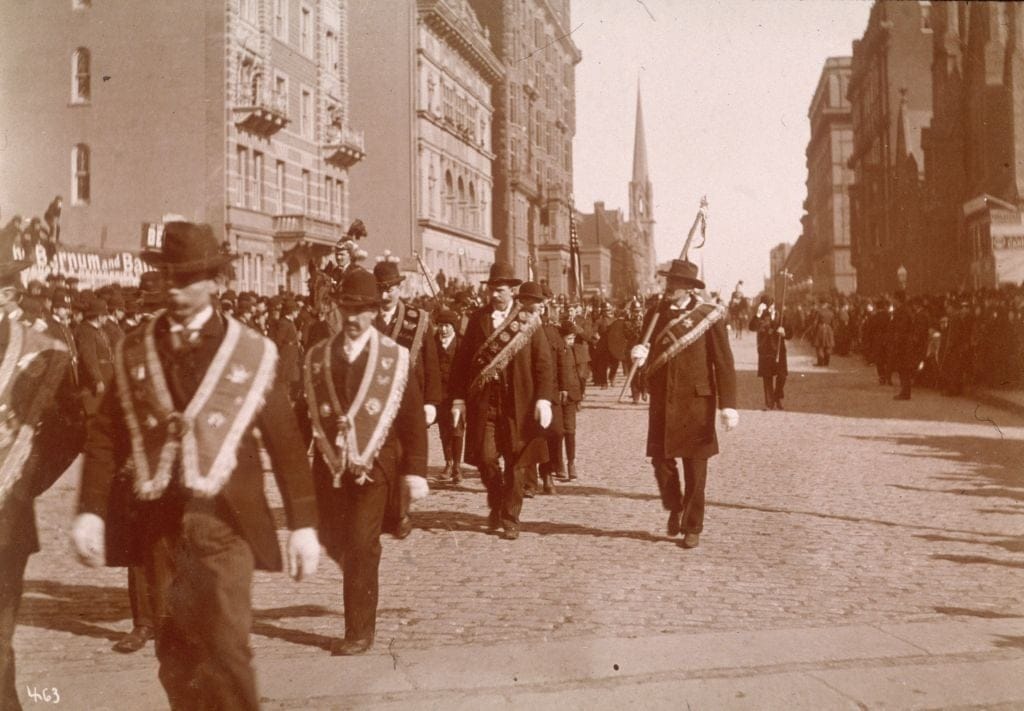
Source: Museum of the City of New York/Byron Collection/Getty Images
Today, more than 100 St. Patrick’s Day parades are held across the U.S. The Irish Road Trip reports that New York City’s annual parade has been held for over 260 years. This holiday is the first major holiday of the year celebrated by most people, since not everyone celebrates Valentine’s Day.
Is St. Patrick’s Day a Pagan Holiday?
While St. Patrick’s Day is a Christian holiday, the holiday was designed to coincide with and replace the pagan holiday known as Ostara (via Greek City Times). Ostara is a spring festival that celebrates the rebirth of nature before the spring equinox on March 22.

Source: RDNE Stock project/Pexels
Like many Christian holidays, pagan practices have found their way into the celebrations. However, many no longer celebrate St. Patrick’s Day as it was hundreds of centuries ago.
How Do the Irish Celebrate St. Patrick's Day?
Besides some basic traditions and parades, the modern Irish celebrations of St. Patrick’s Day heavily include live sporting events. Every year, the finals of the All Ireland Club Championship for hurling, camogie, and Gaelic football take place on March 17.

Source: Wikimedia Commons
Another modern tradition that the Irish have based around St. Patrick’s Day includes Rugby Union 6 Nations, which features Ireland, England, Scotland, Wales, France, and Italy in a six-week tournament.
Symbols of St. Patrick’s Day
St. Patrick’s Day is rich in traditional symbolism, similar to other popular holidays. These symbols carry rich meaning and representation of the different aspects of Saint Patrick’s life and Irish culture. According to Henderson Independent News, prominent symbols include green, shamrocks, leprechauns, snakes, and Celtic knots.
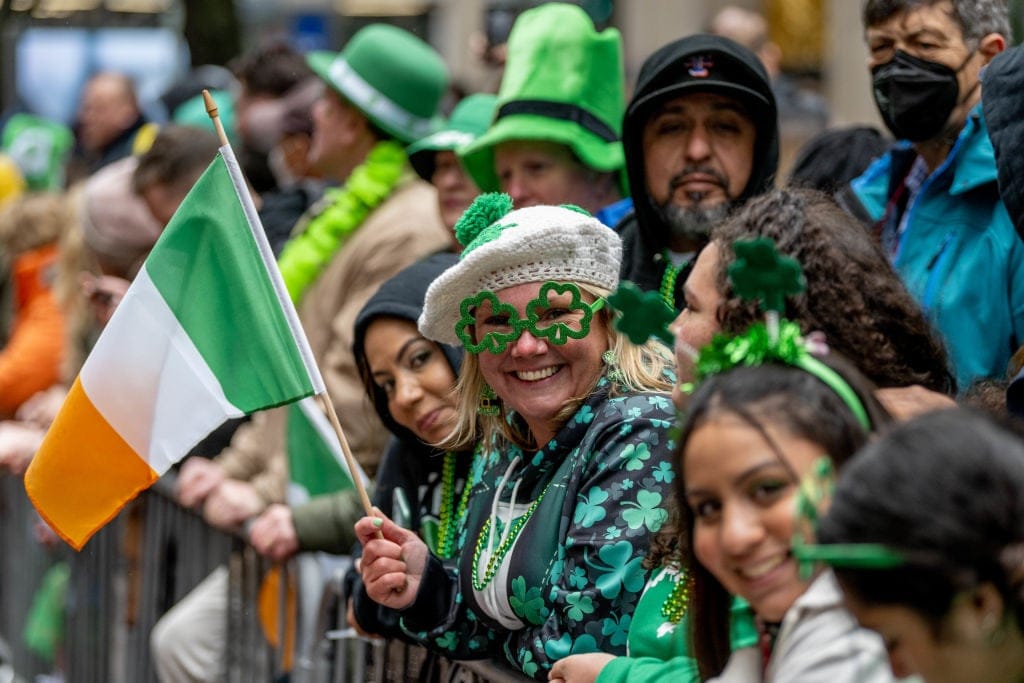
Source: Roy Rochlin/Getty Images
While some of these symbols are familiar to many who celebrate the holiday, let’s get into the full meaning behind them.
Wearing Green
Initially, blue was the color associated with St. Patrick. However, green eventually overshadowed blue’s historical significance. Green became popular due to its connection with the lush Irish landscape, agriculture, and the shamrock.
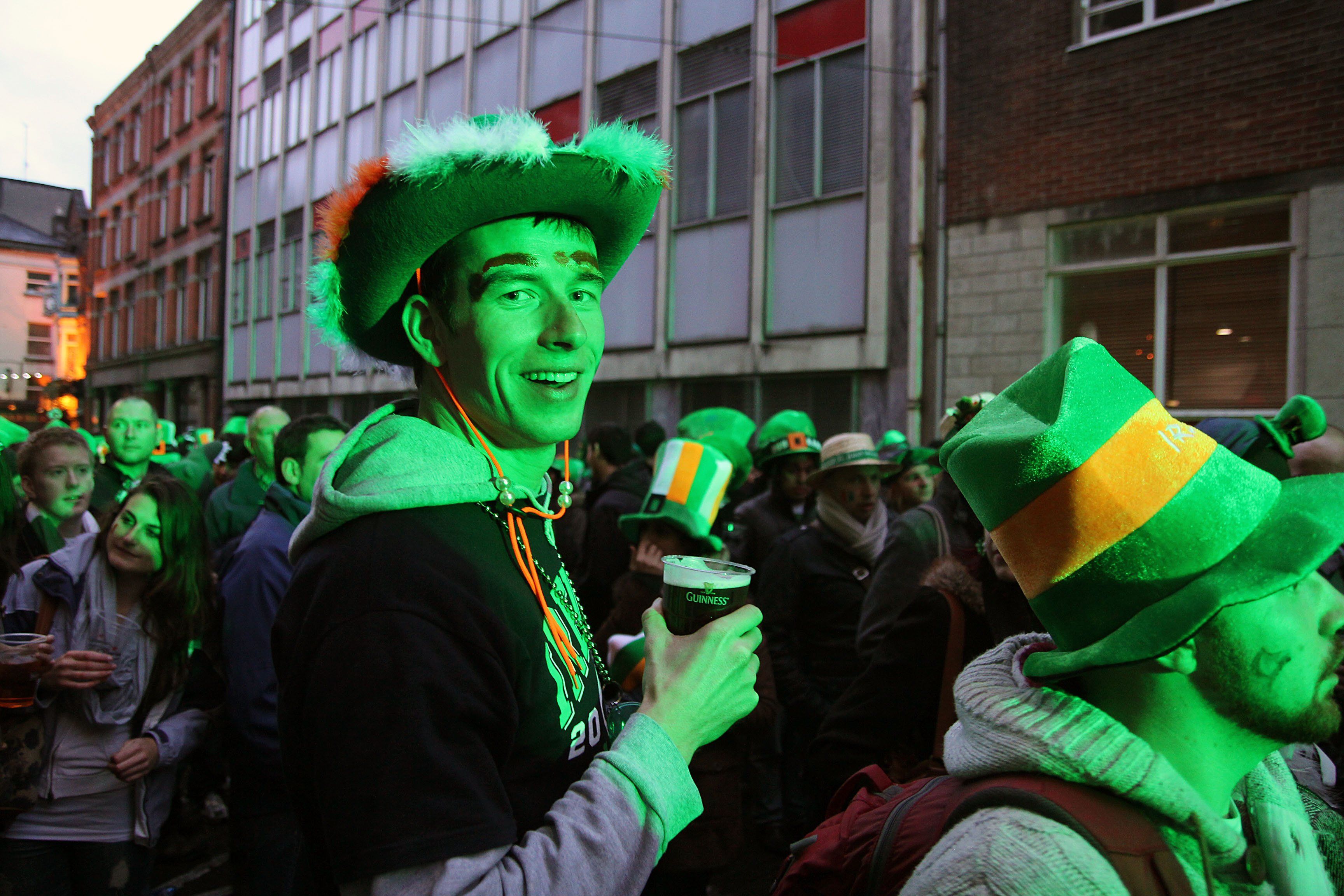
Source: PAOLOBERGOMI/Wikimedia Commons
Wearing green, and getting pinched for not doing so, became significant on St. Patrick’s Day as it highlights Irish pride and unity.
Shamrocks
The three-leaf clover is arguably the most iconic symbol of St. Patrick and Ireland. The Legend of Saint Patrick says that the saint used the shamrock to explain the Holy Trinity as three figures in one entity to the pagans he was converting.
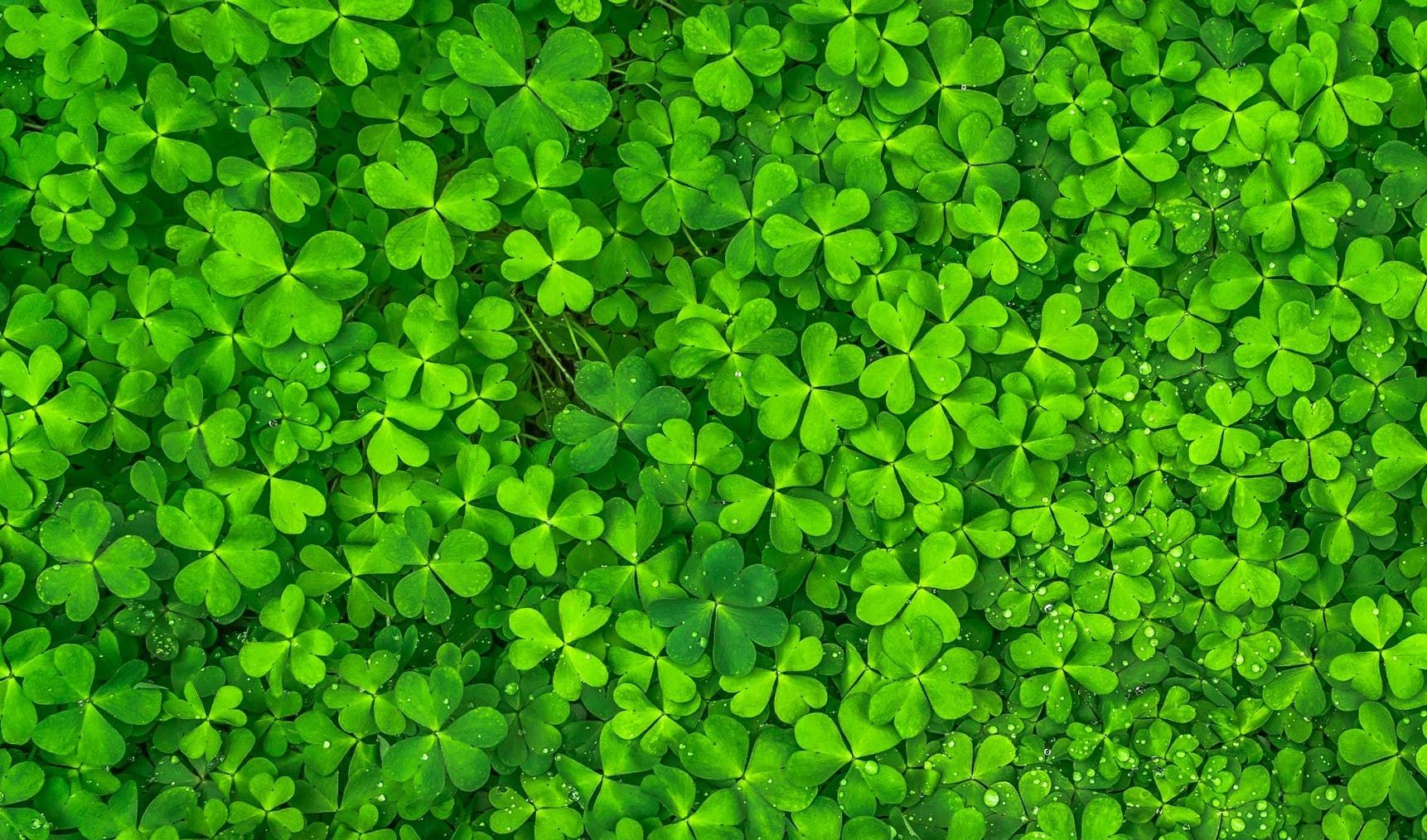
Source: Pixabay/Pexles
Beyond religion, the shamrock is also a symbol of good luck, hope, and faith. For millions of Irish people living abroad, the shamrock is a representation of their homeland and ancestral roots.
Leprechauns
Perhaps the more fun symbol of St. Patrick’s Day is about mischievous little leprechauns. The shoemaking creature from Irish folklore is not directly connected with St. Patrick has become a popular figure in modern times.
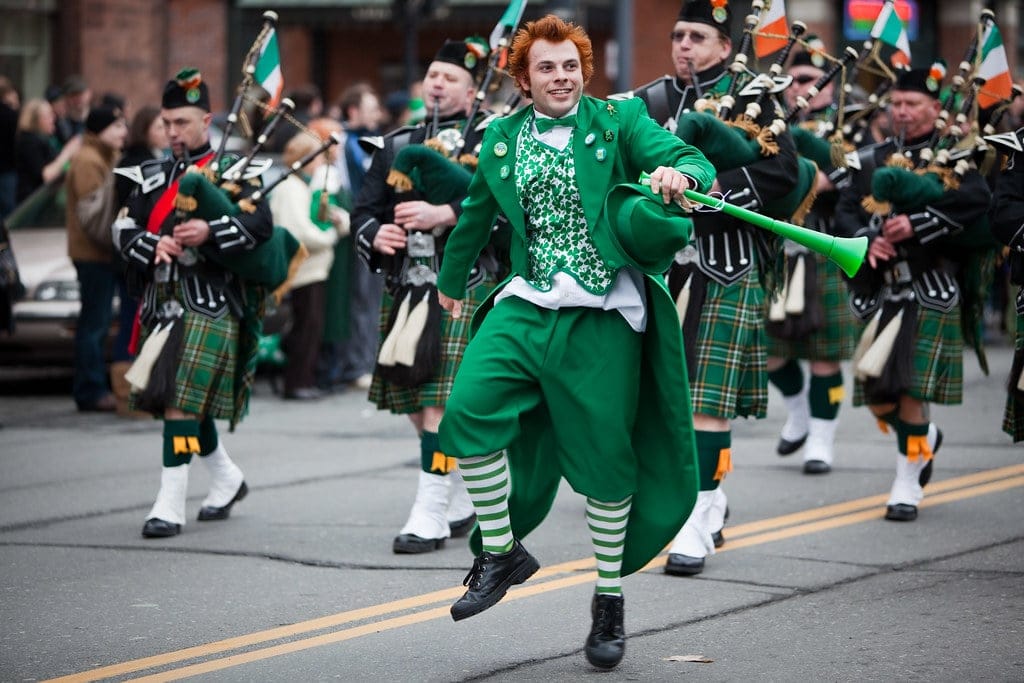
Source: Sébastien Barré/Flickr
Leprechauns represent the playful humor and magic often attributed to Ireland. It should be noted, though, that leprechaun’s connection to St. Patrick’s Day is purely cultural and is not rooted in historical fact.
